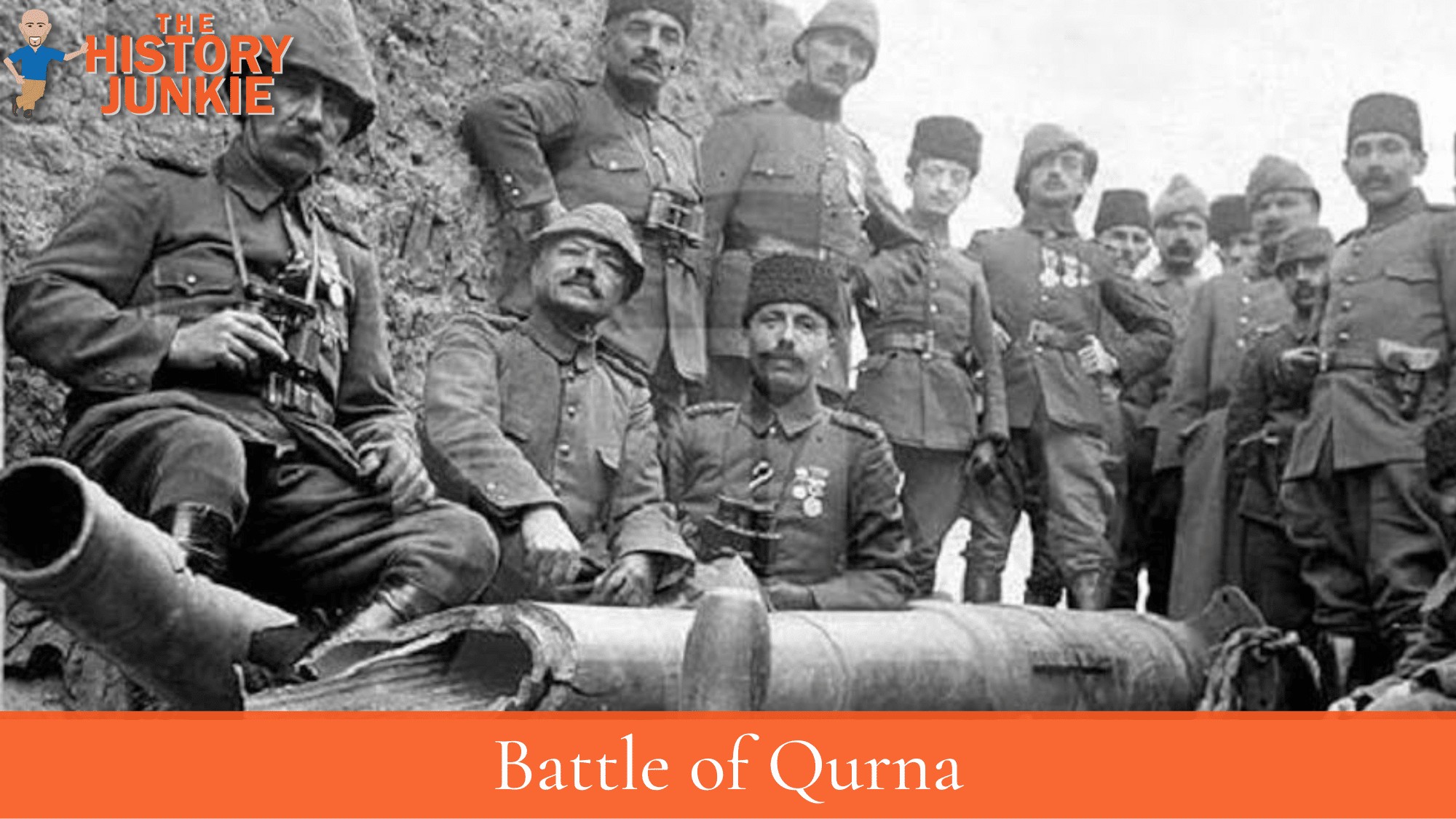After the British captured Basra, General Sir Arthur Barrett, the commander of Anglo-Indian forces in the region, sought to strengthen the British position. This would become known as the Battle of Qurna in World War 1.

The Turkish 38th Division, under Subhi Bey, had retreated many miles upriver to Qurna, a town at the confluence of the Euphrates and Tigris rivers.
On December 4, 1914, General Barrett sent a small force of two infantry battalions and a gunboat fleet to capture Basra. The force was able to push the Turkish batteries back, but it was unable to cross the river due to heavy fire from the town.
The British brought up reinforcements from Basra, increasing their presence outside Qurna to about 2,100 troops and 16 guns. On December 6, they made a second attempt to cross the river, but it was also unsuccessful.
Conclusion
Two days later, the British changed their plans and crossed the Tigris near Qurna. They planned to attack the town from the rear at dawn while the Turks were distracted by British gunboat fire.
However, the Turks surrendered the town before the attack could be launched. The British took over 1,000 Turkish prisoners, while the British suffered only 29 casualties.
The capture of Basra and Qurna gave the British a secure front line in Mesopotamia.
This further encouraged the Indian administration to plan a more aggressive "forward defense" strategy, which was in contrast to the more defensive strategy favored by the War Office in London.
